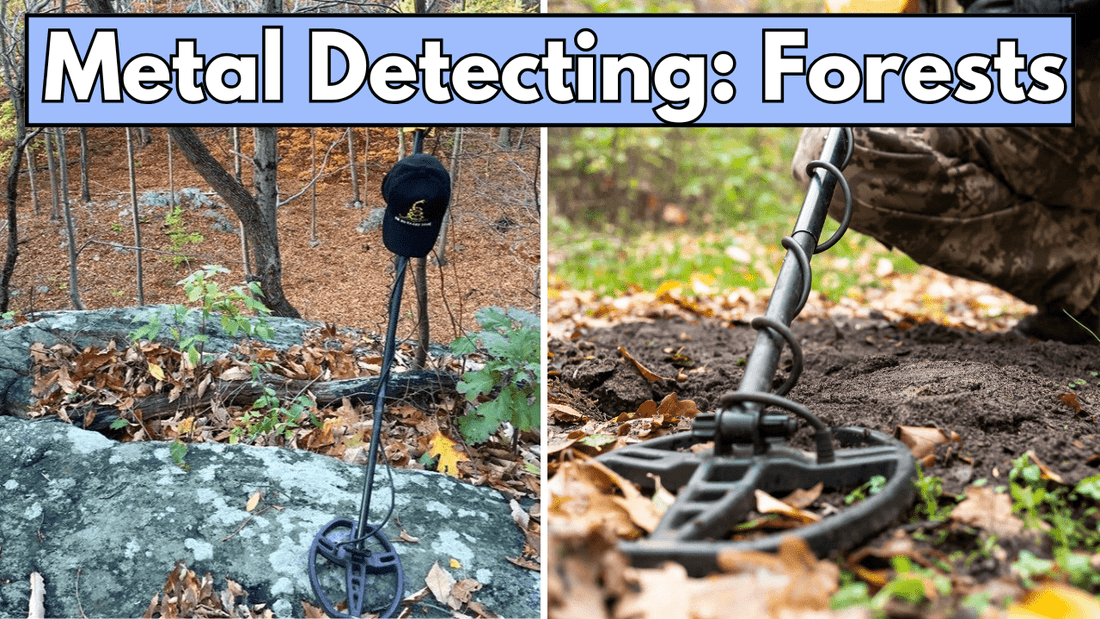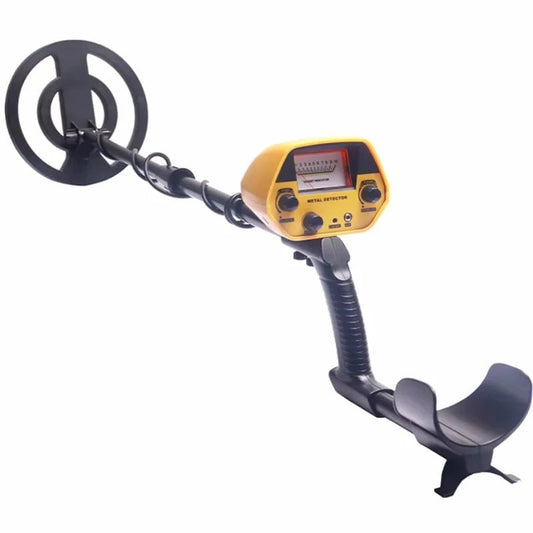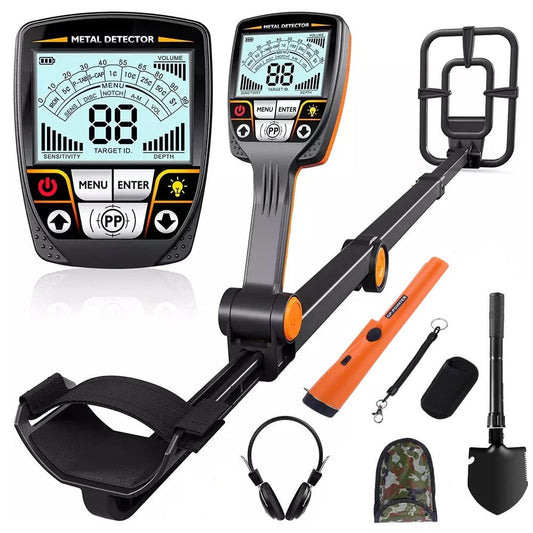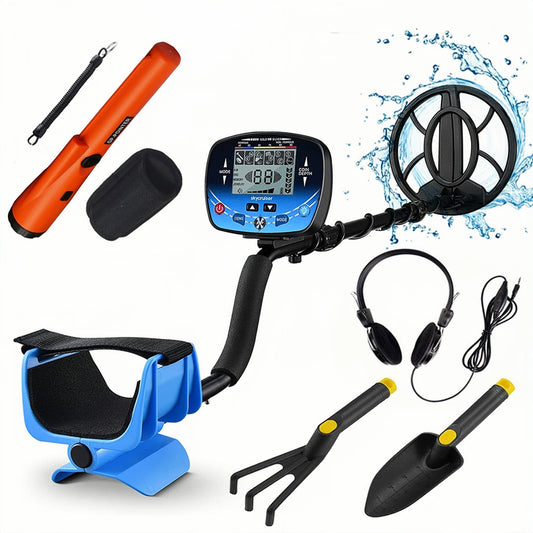
Can You Metal Detect in National Forests? A Comprehensive Guide
Share
Metal detecting in national forests offers a unique opportunity to explore vast wilderness areas while searching for hidden treasures.
However, before you start your adventure, it's crucial to understand the rules and regulations surrounding metal detecting in these protected environments.
This comprehensive guide will explore whether metal detecting is allowed in national forests, the best practices for responsible detecting, and essential tips for a successful hunt.
Can You Metal Detect in National Forests?

The short answer is yes, but with significant restrictions. Metal detecting is generally allowed in national forests for recreational purposes:
-
General Rule: Most national forests permit metal detecting, but there are important exceptions.
-
Restrictions: Detecting is prohibited in areas with archaeological or historical significance, such as designated archaeological sites, wilderness areas, and national monuments.
-
Permits: No special permits are typically required for recreational metal detecting, but always check with local forest rangers for specific rules.
Is Metal Detecting Allowed in National Forests?
While metal detecting is generally allowed, it's essential to understand the nuances of the regulations:
-
Protected Areas: Avoid detecting in sensitive habitats, archaeological sites, or areas closed to public access.
-
Leave No Trace: Always fill in holes and remove any trash you find to preserve the forest environment.
-
Respect Private Property: Some areas within national forests may be privately owned; ensure you have permission before detecting.
Best Practices for Metal Detecting in National Forests
To ensure a successful and responsible metal detecting experience in national forests:
-
Research Local Rules: Check with the specific national forest's management for any unique regulations.
-
Obtain Permissions: If necessary, obtain written permission for private lands within the forest.
-
Respect the Environment: Fill in all holes and remove trash to maintain the forest's natural beauty.
-
Be Aware of Wildlife: Watch for wildlife and avoid disturbing their habitats.
Essential Equipment for Metal Detecting in National Forests

To successfully detect in these environments, consider the following gear:
-
Versatile Metal Detector: Choose a detector suitable for varied terrains and conditions.
-
Pinpointer: Helps locate small targets precisely in dense vegetation.
-
Digging Tools: A sturdy trowel or small shovel for minimal ground disturbance.
-
GPS Device: For navigating and marking find spots in remote areas.
-
Protective Gear: Sturdy boots, gloves, and insect repellent for comfort and safety.
Tips for Successful Metal Detecting in National Forests
To maximize your chances of finding treasures while metal detecting in national forests:
-
Research Historical Maps: Identify areas with historical significance or past human activity.
-
Focus on Trails and Campsites: These areas often yield lost items like coins or personal belongings.
-
Adjust Detector Settings: For optimal performance in mineralized soil or dense vegetation.
-
Detect During Less Crowded Times: Early mornings or late afternoons are ideal for avoiding other forest users.
Potential Finds in National Forests

National forests can yield a variety of interesting finds:
-
Coins: Modern coins lost by hikers or campers.
-
Jewelry: Lost rings, necklaces, or other personal items.
-
Historical Artifacts: Depending on the forest's history, you might find relics from early settlers or Native American tribes.
-
Gold Nuggets: In areas with a history of gold mining.
Safety Considerations for Metal Detecting in National Forests
Safety should always be a top priority when detecting in these remote areas:
-
Be Aware of Wildlife: Watch for bears, snakes, and other wildlife.
-
Stay Hydrated: Bring plenty of water, especially during hot weather.
-
Be Prepared for Weather Changes: Avoid detecting during thunderstorms.
-
Respect Private Property: Always obtain permission before detecting on private lands within the forest.
Legal Considerations for Metal Detecting in National Forests

Before you start detecting, ensure you comply with all regulations:
-
Avoid Protected Sites: Never detect on archaeological sites, national monuments, or sensitive habitats.
-
Follow Local Rules: Check with forest rangers for specific regulations or restrictions.
-
Report Significant Finds: If you discover items of historical significance, report them to local authorities.
The Future of Metal Detecting in National Forests
As we look towards 2025 and beyond, several factors are shaping the future of metal detecting in national forests:
-
Technological Advancements: Improved detectors with better discrimination and depth capabilities.
-
Environmental Focus: Increased emphasis on responsible detecting practices to preserve forest ecosystems.
-
Collaborative Efforts: Growing partnerships between detectorists and forest management to promote sustainable practices.
Conclusion: Navigating the Rules and Rewards of Metal Detecting in National Forests
So, can you metal detect in national forests? Yes, but it's crucial to follow the rules and respect the environment. By understanding local regulations, choosing the right equipment, and practicing responsible detecting, you can enjoy this exciting hobby while contributing positively to the preservation of these beautiful landscapes.
Whether you're searching for lost coins, historical artifacts, or simply enjoying the great outdoors, always prioritize legality, safety, and environmental responsibility. So grab your detector, pack your gear, and set out to explore the vast wilderness of national forests—happy hunting!
Additional Tips for Successful Metal Detecting in National Forests
1. Join Local Clubs
Connecting with local metal detecting clubs can provide valuable insights into promising locations and help you stay updated on local regulations.
2. Use Online Resources
Utilize online forums and maps to identify areas with historical significance or past mining activities.
3. Be Prepared for Remote Areas
Bring a first aid kit, extra batteries, and a fully charged phone to ensure safety in remote locations.
4. Respect Other Forest Users
Be mindful of hikers, campers, and wildlife to maintain a positive image of the hobby.




